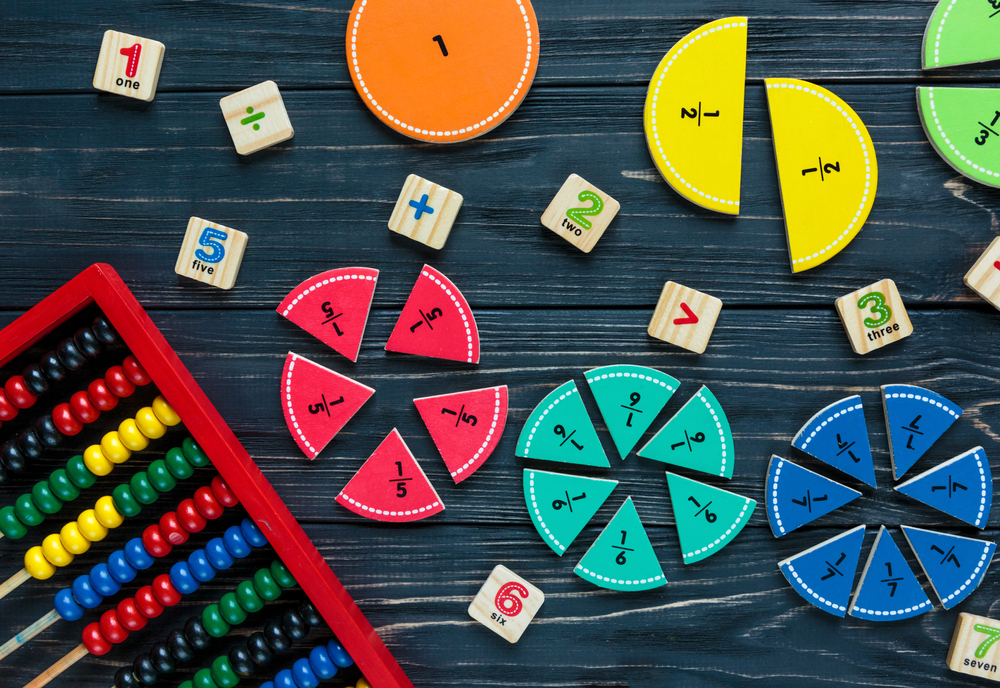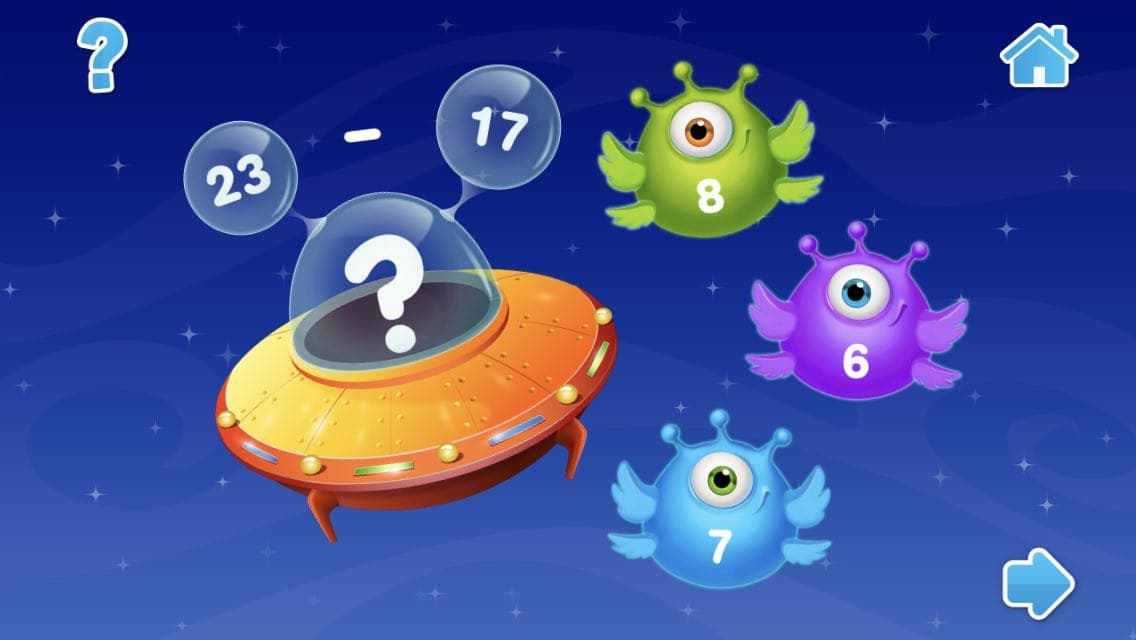Reading Levels: Choosing the Right Book No Matter Your Child’s Reading Level
Dec. 12, 2019
Believe it or not, learning to read is an incredibly complex process. As adults, we don’t remember the hard work it took for us to become literate at such an early age. And so many parents and sometimes teachers struggle to find the right strategies and texts to support budding readers. On one hand, if the books we choose are too easy, kids grow bored, nor do they progress in their literacy. On the other hand, if the texts are too difficult, students become frustrated and burn out quickly, destroying their natural curiosity for learning.

So, what can adults do to ensure that the learning process is as stress-free and effective as possible? The answer lies within knowing and understanding your child’s reading levels across time and choosing leveled reading passages that meet your child’s needs. Let’s discover more about the various reading levels of books, and how we can go about selecting the most appropriate texts.
What is Leveled Reading?
As parents and educators, we want our children not only to learn how to read, but to enjoy it. Afterall, reading is one of the skills that we always use, no matter what profession we choose. From reviewing the news or articles online, to fiction books for enjoyment, reading will never go away, which is why it’s so critical for kids to gain fluency and comprehension skills early on in their educational journey.
Teachers and parents both help children to build this crucial foundation, and early experiences can cause a child to either flourish or flounder. One way to ensure that kids keep moving forward without getting frustrated is by guiding learners through the process with leveled books.
To explain, it’s easy to imagine how frustrated a 1st grader would be if he or she was handed a chapter book that a teenager might like, such as Harry Potter. Kids are often unable to decipher words other than the sight words they have already learned, and they definitely don’t know how to decode complex words for themselves. That’s why leveled books categorize texts by difficulty. Leveled reading sets begin with books that that are designed for pre-emergent readers, and range to complex texts that more advanced children would select.
Access to a leveled reading collection can have many benefits for both teachers and parents, such as the following:
- They make it easier to select appropriate books for the child’s current level
- It helps monitor a student’s progress and growth over time
- As kids move up the levels, they continue to grow their fluency and comprehension skills
- They allow for diverse experiences that include various types of texts and topics
Now that we know what leveled reading is and about its advantages, you might be wondering about how to determine reading levels when working with children. Let’s turn to some tips or tricks to find out just where your little learners are when it comes to their current abilities.
Determining Reading Levels: Techniques to Try
For a parent who has not been schooled in the various systems for testing kids, it can be a challenge to figure out where to begin. If your child is in school and has already begun learning to read, try the following strategies:
- Ask his or her teacher to share what guided reading system they use in class, and to explain his or her expert opinion. Of course, the first step in the process is to collaborate with the professionals that are already familiar with your child’s progress. Learn about the system they use and ask if there is a way to check out the appropriate books from the school or public library.
- If homeschooling, review our previous article on guided reading. We’ve already written about guided reading in the past. Check it out to learn more about what it means and how to use that information to choose the best guided reading leveled books for your child.
- Try the “five finger method” to get a quick idea of where your child is at. Have your child select a book that they would like to try tackling on their own. Turn to the middle of the book, randomly, and select a page. Encourage your child to read the text, and to place a finger on any word they can’t decode. If your child puts all five fingers down while looking at the page, the book is too difficult for his or her current level.
- If your child isn’t currently attending school, or if he or she is just starting out, look for level 1 books that are meant for pre-emergent readers. These books have the following qualities:
- Contains large print
- Includes illustrations that relate closely to the text
- Uses repetitive phrases or sentences on each page
- Switches out only one or two words per phrase or sentence
- Simple words and phrases that use high-frequency vocabulary
As children begin learning to read independently, they are making the shift from listening to parents, to decoding the language themselves. This doesn’t mean that caregivers should stop reading aloud, but now is the time to build a library of books that your child can read independently. Keep in mind that teacher supply stores also stock full sets of leveled sets from well-known publishers like Scholastic. When in doubt, visit your local teacher supply shop or shop online!
Leveling Books for a Classroom Library, and Home Libraries, Too!
You have all the information and once you have the tools, it might be a struggle learning how to organize all the books! When it comes to building a classroom library, there are infinite ways to categorize books from grouping them by genre, characters, Lexile level, etc. While this may seem like a daunting task, be sure to organize your texts based upon your system of guided reading.
.jpg)
For more specific ideas, see the following strategies and tips:
Buy supplies to label and organize
No matter if it’s at home or at school, kids need a way to go straight to the books that are best for them. Find colorful labels at your local office supply store and plan ahead how you would like to color-code or otherwise label different levels of books. Head to a dollar store to find cheap buckets or bins to keep the groupings in, and make sure you have plenty of permanent markers! Some teachers like to personalize labels using cute Bitmoji images to keep kids encouraged and motivated. Whatever it is you find to be the most helpful, plan it out and get all your resources together before organizing the books into bins.
Find some helping hands
Feel overwhelmed trying to put together your library? Enlist the help of others! If you’re an educator, reach out to your room parents to help with your after-school project. As a parent, put those little learners to work! They might not be able to write the labels, but kids are more than able to place stickers on groups of books, or place books in tubs to help you compile your library.
Use online leveling apps
Rivet is an amazing resource! It is an innovative app that offers free leveled reading books to help children grow their literacy skills. Parents and children can download Rivet app and find classic Kids Academy fairy tales and learning storybooks adapted to meet a child’s individual reading level.
Don’t forget to create a space for unleveled books
Leveling books, might also mean that kids won’t be able to read the titles they’re interested in whenever they want to. That means that it’s always smart to make a tub of unleveled books for when kids just want to pick something for fun of their own choosing. While the book they choose might not be the best for their reading level, giving them a few minutes to look at different books that they are interested in goes a long way in keeping little readers interested and motivated!
Pump your kids up and get them excited to read
Last but not least, make a big deal about your new leveled library! Get kids excited by sharing your own enthusiasm, and the children will be ready and waiting to pick their books and get started!
As mentioned above, learning to read is a complex task for children, but sometimes teaching kids to read can be just as big of an undertaking! Support your little learners in this pursuit by providing them with leveled reading that will inspire your kids to grow their skills without the frustration. Try the strategies above to determine your child’s reading level and get to work building your own classroom or home library using the above tips!











